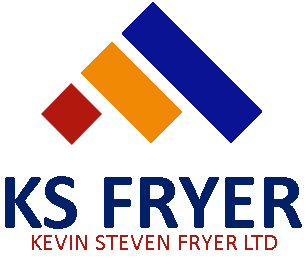Pharmaceuticals and Life Sciences
Procurement for the pharmaceuticals and life sciences sector involves specific strategies to ensure compliance, quality, and efficiency. Here’s a comprehensive guide to procurement requirements in this field:
- Needs Assessment
- Identify Requirements: Collaborate with R&D, manufacturing, and quality assurance teams to determine specific needs for raw materials, active pharmaceutical ingredients (APIs), and services.
- Regulatory Compliance: Understand regulatory requirements that impact procurement decisions, including FDA guidelines and GMP standards.
- Market Research
- Supplier Landscape: Research potential suppliers and manufacturers, assessing their capabilities, certifications, and reputations in the industry.
- Benchmarking: Compare pricing and quality against industry standards to ensure competitive procurement.
- Budget Management
- Develop a Procurement Budget: Create a budget that includes all anticipated costs, such as materials, testing, compliance, and logistics.
- Cost Monitoring: Track expenses closely to ensure adherence to budget constraints and identify opportunities for savings.
- Supplier Selection
- Request for Proposals (RFPs): Issue RFPs to solicit bids from suppliers and manufacturers, evaluating proposals based on quality, compliance, and pricing.
- Due Diligence: Conduct thorough background checks on suppliers, focusing on their financial stability, compliance history, and quality assurance processes.
- Contract Management
- Negotiation: Negotiate favourable terms that include pricing, delivery schedules, quality metrics, and service level agreements (SLAs).
- Legal Compliance: Ensure all contracts comply with relevant laws, regulations, and industry standards.
- Quality Assurance
- Quality Standards: Establish criteria for evaluating the quality of procured materials and services, emphasizing compliance with safety and efficacy standards.
- Audits and Inspections: Implement regular audits of suppliers to ensure adherence to quality and regulatory standards.
- Risk Management
- Identify Risks: Assess potential risks associated with procurement, such as supply chain disruptions, regulatory changes, and supplier reliability.
- Mitigation Strategies: Develop contingency plans to address potential issues, including alternative sourcing and inventory management strategies.
- Technology Utilization
- Procurement Software: Implement procurement management systems to streamline processes, manage supplier relationships, and analyse spending.
- Supply Chain Management Systems: Utilize advanced systems to track inventory, manage logistics, and ensure compliance throughout the supply chain.
- Sustainability Considerations
- Ethical Sourcing: Prioritize suppliers that demonstrate a commitment to ethical practices and sustainability in their operations.
- Waste Reduction: Implement practices that minimize waste in procurement processes, such as optimizing packaging and logistics.
- Performance Monitoring
- Key Performance Indicators (KPIs): Establish KPIs to measure procurement effectiveness, including cost efficiency, supplier performance, and compliance rates.
- Regular Reviews: Conduct periodic evaluations of supplier performance and procurement processes to identify areas for improvement.
- Training and Support
- Staff Training: Provide training for procurement staff on industry regulations, negotiation strategies, and procurement technologies.
- Supplier Collaboration: Foster open communication and collaboration with suppliers to enhance quality assurance and problem-solving.
- Continuous Improvement
- Feedback Mechanisms: Collect feedback from stakeholders to refine procurement strategies and improve overall operational efficiency.
- Stay Informed: Keep updated on emerging trends, technologies, and regulatory changes in the pharmaceuticals and life sciences sector to continuously enhance procurement practices.







